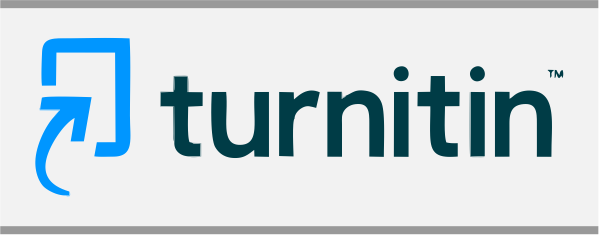Language Learning Strategies: A Cross Sectional Survey Of Vocational High School Students
(1) (Scopus ID: 57201476386) Universitas Islam Indonesia
(2) Islamic university of Indonesia
(*) Corresponding Author
Abstract
Keywords
References
Altunay, D. (2014). Language Learning Strategies used by distance learners of English: A study with a group of Turkish distance learners of EFL. Turkish Online Journal of Distance, 15(3), 291-205.
Anam, S., & Stracke, E. (2016). Language learning strategies of Indonesian primary school students: In relation to self-efficacy beliefs. System(60), 1-10.
Breznica, M. P., Pllana, Z., & Pllana, F. (2017). Overview of English for Specific Purposes in a Technical High School “Lutfi Musiqi†in Vushtrri. Journal of Educational and Social Research, 7(2), 133-140.
Chand, Z. A. (2014). Language learning strategy use and its impact on proficiency in academic writing of tertiary students. Procedia - Social and Behavioral Sciences, 118, 511 - 521.
Hismanoglu, M. (2000, August 1). Language Learning Strategies in Foreign Language Learning and Teaching. The Internet TESL Journal, 6(6). Retrieved from iteslj.org: http://iteslj.org/Articles/Hismanoglu-Strategies.html
Hutchinson, T., & Waters, A. (1987). English for Specific Purposes A learning-centered approach. Cambridge: Cambridge University Press.
Kunasaraphan, K. (2015). English Learning Strategy and Proficiency Level of the First Year Students. Social and Behavioral Sciences, 197, 1853-1858.
Lane, D. M. (n.d.). Online Statistics Education: An Interactive Multimedia Course of Study. Retrieved from Sampling Distribution of Difference Between Means: http://onlinestatbook.com/2/sampling_distributions/samplingdist_diff_means.html
Mahbub, M. A. (2018). Teaching in Vocational High School: A Need Analysis. JEELS, 5(2), 229-258.
Nasihah, M., & Cahyono, B. Y. (2017). Language Learning Strategies, Motivation, and Writing Achievement of Indonesian EFL Students. Arab World English Journal, 8(1), 250-263.
Nikoopour, J., Salimian, S., Salimian, S., & Farsani, M. A. (2012). Motivation and the Choice of Language Learning Strategies. Journal of Language Teaching and Research, 3(6), 1277-1283.
O'Neil, H. (1978). Learning Strategies (The Educational Technology Series). San Fransisco: Academic Press.
Orellano, M. T. (2017). Memory Learning Strategies in English as a Foreign Language in Vocational Studies. Tendencias Pedagogicas, 29, 229-249.
Oxford, R. (1989). Use of Language Learning Strategies: A Synthesis of Studies With Implications for Strategy Learning. System, 17(2), 235-247.
Oxford, R. (1990). Language Learning Strategies: What Every Teacher Should Know. Boston: Heinle & Heinle Publishers.
Oxford, R. (1993). Research on Second Language Learning Strategies. Annual Review of Applied Linguistics, 13, 175-187.
Oxford, R., & Crookall, D. (1989). Research on Language Strategies: Methods, Findings, and Instructional Issues. The Modern Language Journal, 73, 404-419.
Prince, M. (1998). The cross-sectional survey. International Review of Psychiatry, 10, 272-277.
Solak, E., & Cakir, R. (2015). Language Learning Strategies of Language E-Learners in Turkey. E-Learning and Digital Media, 12(1), 107-120.
Su, Min-hsun Maggie. (2005). A Study of EFL Technological and Vocational College Students’ Language Learning Strategies and their Self-Perceived English Proficiency. Electronic Journal of Foreign Language Teaching,2(1), 44-56.
Sukarni, S. (2018). Language Learning Strategies Used By Senior And Vocational High School Students And Its Implications For Practice In ELT. English Language Teaching Learning Conference. 3, page. xxx-xxxvii. Purworejo: Muhammadiyah University of Purworejo.
Tanjung, F. Z. (2018). Language Learning Strategies in English as a Foreign Language Classroom in Indonesian Higher Education Context. A journal on Language and Language Teaching, 21, 50-69.
Zafari, M., & Biria, R. (2014). The Relationship between Emotional Intelligence and Language Learning Strategy Use. Procedia - Social and Behavioral Sciences, 98, 1966 - 1974.
DOI: 10.24235/eltecho.v4i2.5277
Article Metrics
Abstract view : 181 timesPDF - 36 times PDF - 29 times
Refbacks
- There are currently no refbacks.
Â
This Journal is indexed by:
Â

This work is licensed under a Creative Commons Attribution 4.0 International License.










